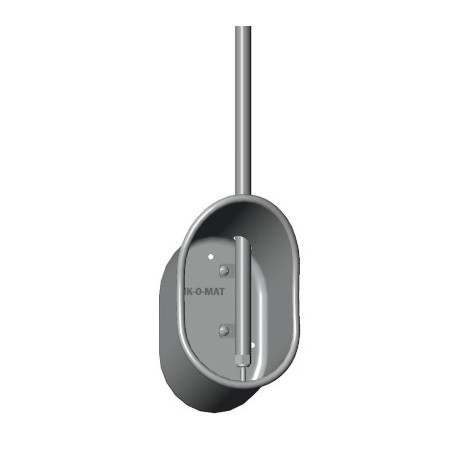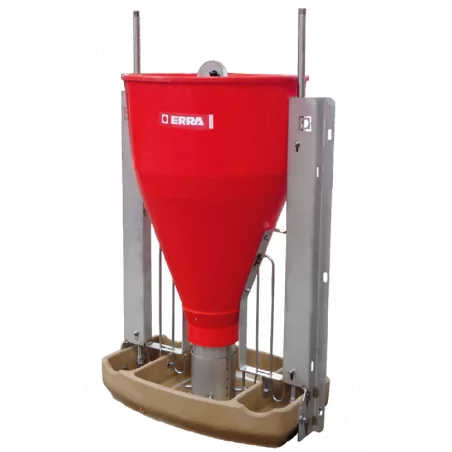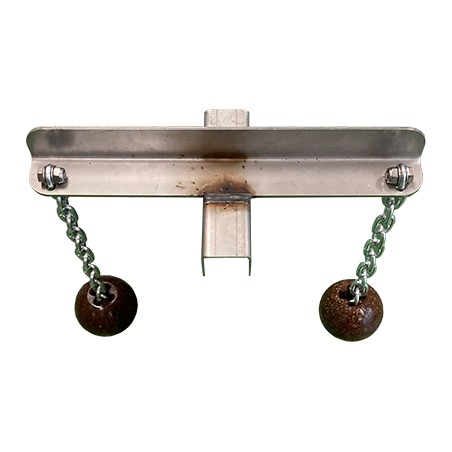Animal behavior is an important aspect in the assessment of animal welfare. Passive infrared detectors (PID), detecting thermal changes to measure activity, have already been used to record data on the behavior of groups of animals. Within this study, the suitability of these detectors for the collection of activity profiles for focused areas is further investigated. The aim was to record the activity of a group of eleven fattening pigs in a pen, as well as the activity in the five functional areas for resting, feeding, drinking, exploration, and elimination. In order to evaluate the data obtained, the behavior was video recorded for visual assessment. In addition, relevant indoor environment parameters were recorded (ammonia, air temperature, and relative humidity).
For the measurement of activity by PID, strong correlations from up to r = 0.87 could be found compared to visual assessment. The results indicate that activity changes during the day and activity in defined functional areas can be recorded using PIDs.

These data combined with data of climate-related sensors could serve the farmer as a monitoring tool for early detection of behavioral changes or serve as partial aspect within a Weak Point Analysis within external on-farm consulting.
Von Jasmund N, Wellnitz A, Krommweh MS, Büscher W. Using Passive Infrared Detectors to Record Group Activity and Activity in Certain Focus Areas in Fattening Pigs. Animals. 2020; 10(5): 792. https://doi.org/10.3390/ani10050792






